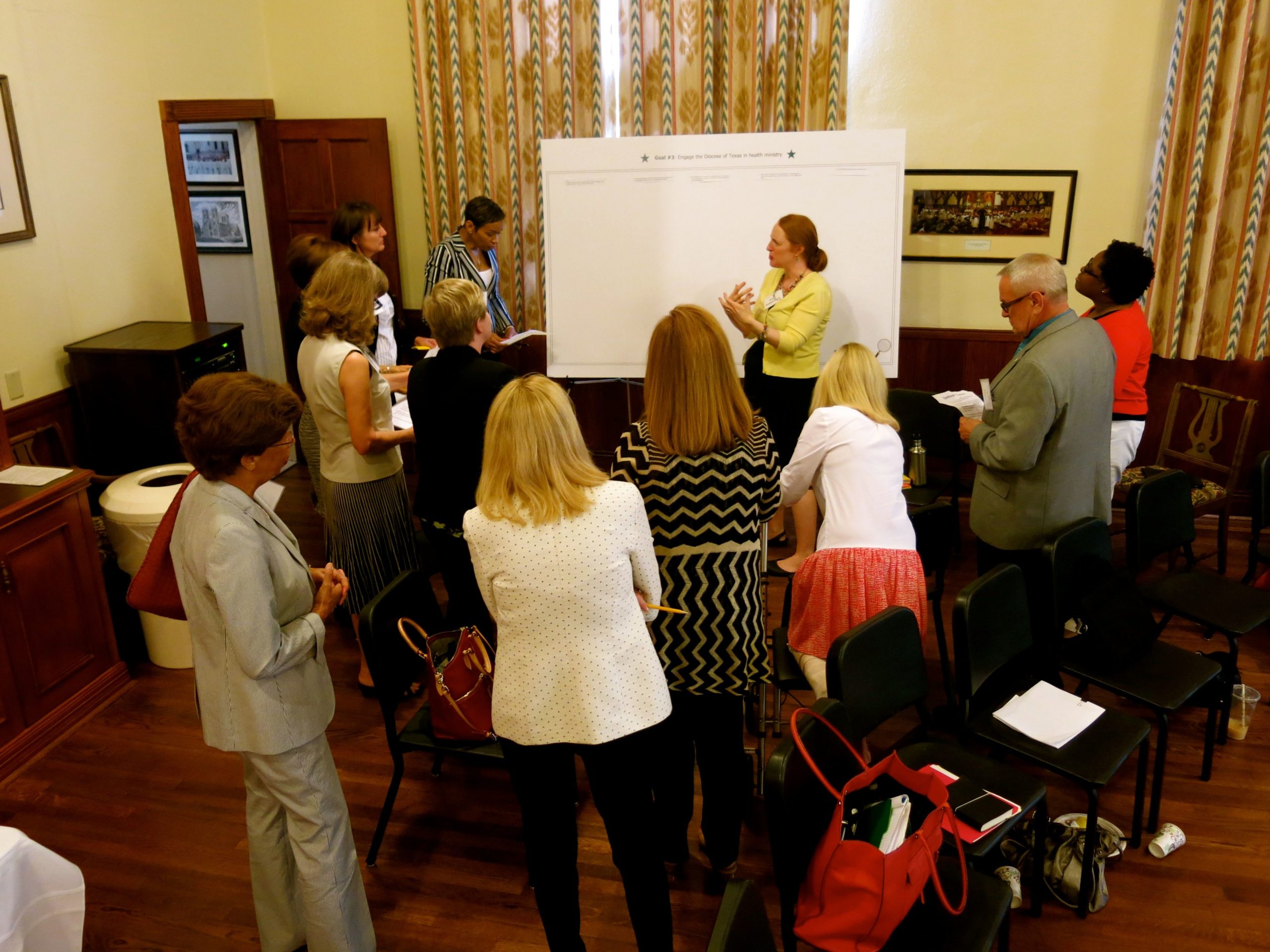
Our core beliefs about transformation toward healthy communities
By Lexi Nolen, VP for Impact
You have heard us talk several times about the elements and interventions that support transformation toward healthy communities. This dialog matters, because it helps clarify how we can best invest our resources and staff in supporting communities through this transformation process.
One formal approach to capturing the key elements of the transformation process involves developing a Theory of Change, a statement or visual representation of how change is expected to occur and the role that initiatives play in producing that change. The most effective organizations often actively align resources and activities to a Theory of Change aimed at achieving their mission, then evaluate and revise that Theory of Change based on actual performance and achievements.
When we at EHF speak of transformation, we are describing a way of advancing community health through systemic and organizational changes that better connect institutions to the people they serve and that redefine health and healthcare practices based on the needs, interests and assets of all community members. In this sense, “transformation” is not only an outcome but also a dynamic process.
EHF’s Theory of Change for achieving our vision of healthy communities is:
Healthy communities are created when diverse people join together to develop community-driven, people-centered, health-oriented systems.
The Foundation believes that people who are motivated by their shared interests can create durable change and influence the public health and health care delivery systems to better align with their community needs. As a result, we invest in projects and organizations that engage community members in strengthening public health and the delivery of healthcare. The role of the Foundation is to use its resources to come alongside the community as they as they work toward becoming healthy communities.
We believe that community-driven change is key to fully activating individual and family commitments to healthy behaviors while also creating environments that support healthy choices. That’s because community-driven change has advantages over top-down approaches, which often do not sufficiently consider local assets and context, and are less sustainable over time. Community-driven change can provide ongoing opportunities for proactive decision-making and innovation and for strengthening local institutions and systems while building upon the cultural vibrancy of the community. Community-driven change also has the added advantage of being less susceptible to fluctuations in the political or economic climate that can undermine stability in community health achievements.
There are a number of practical ways EHF will use the Theory of Change internally, including to:
- Inform analysis of community needs and assets
- Develop evaluation processes and learning questions that help us test our assumptions, revise approaches, and build continuous improvement processes
- Identify critical research needs
- Clarify points of leverage and opportunities for change
- Support strategic alignment of efforts within a community
- Prioritize investments in grants, work with our churches and community partners, and convene groups to develop new initiatives
- Plan individual and collective interventions and
- Develop goals and evaluate efforts.
Even at this early stage of our work, we have been able to find opportunities to advance each of these approaches through our grant-making, church and community engagement, research, and convening efforts.
We look forward to hearing from and working with you all as we continue to develop this work.